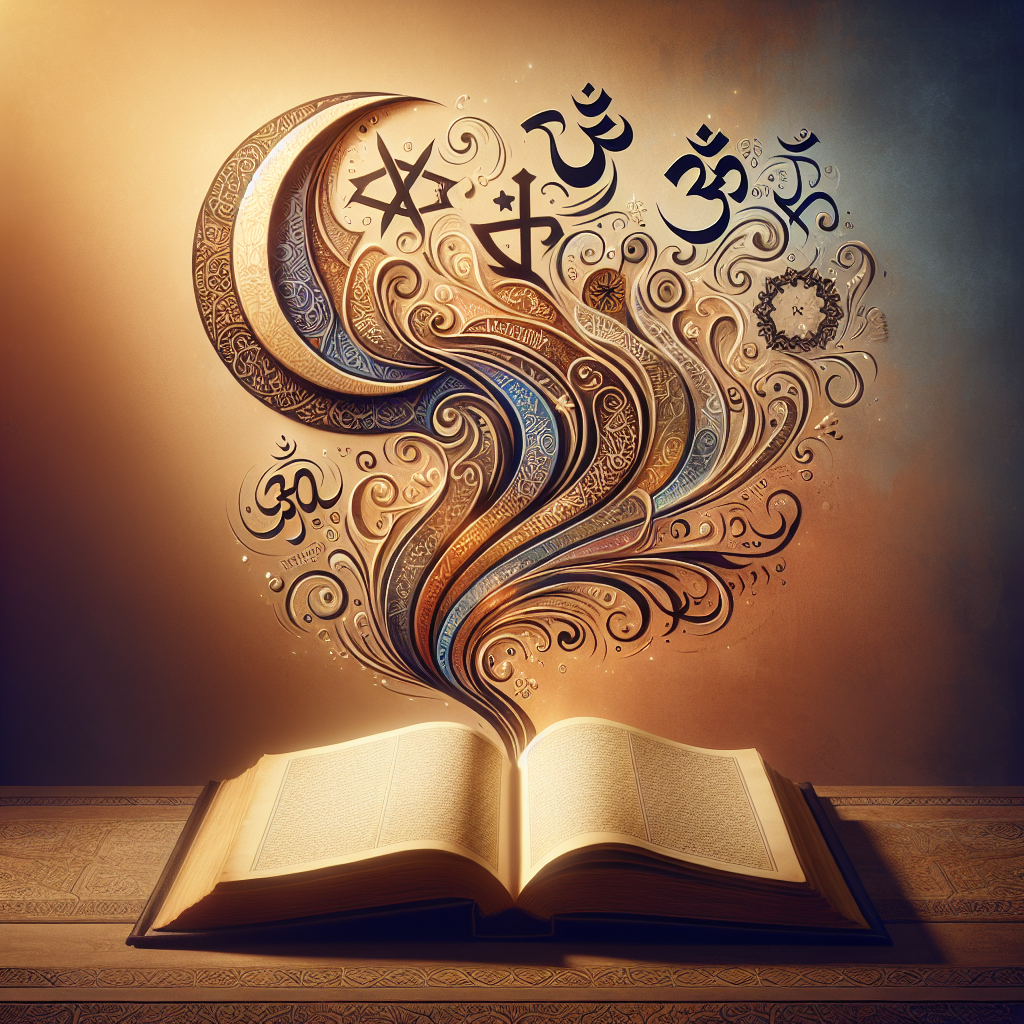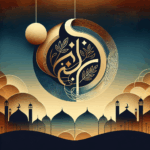The Influence of the Arabic Alphabet on World Religions 🌍
The Arabic alphabet is more than just a writing system; it’s a thread woven into the fabric of many world religions. From sacred texts to spiritual practices, the influence of the Arabic script is profound and far-reaching. In this blog post, we’ll explore how this beautiful script has shaped religious traditions across the globe, offering insights into its historical and contemporary impact. Let’s dive in!
Table of Contents
1. Introduction to the Arabic Alphabet
2. The Arabic Script in Islam 🕌
3. Arabic Influence on Christianity ✝️
4. The Arabic Alphabet and Judaism ✡️
5. Conclusion: A Script that Unites
6. FAQs
Introduction to the Arabic Alphabet
The Arabic alphabet, with its flowing curves and distinct characters, is one of the most widely used writing systems in the world. Originating from the Nabataean script, it consists of 28 letters and is written from right to left. Its elegance is seen in calligraphy, art, and sacred manuscripts. But its influence extends beyond aesthetics, playing a crucial role in religious contexts.
The Arabic Script in Islam 🕌
Islam is perhaps the most closely associated religion with the Arabic alphabet. The Quran, Islam’s holy book, was revealed in Arabic, and this language is considered sacred. The script is used in daily prayers, religious teachings, and is integral to Islamic culture. Calligraphy featuring Quranic verses adorns mosques and homes, serving as a constant reminder of faith and devotion.

Arabic Influence on Christianity ✝️
While Christianity is not primarily associated with Arabic, the script has influenced certain Christian communities, especially in the Middle East. Arabic-speaking Christians use the script for religious texts, liturgies, and hymns. This linguistic bridge allows for a unique expression of faith that integrates cultural and religious identities.
The Arabic Alphabet and Judaism ✡️
Judaism has also felt the touch of the Arabic script. In the medieval period, Jewish scholars in the Arab world wrote extensively in Judeo-Arabic, a form of Arabic with Hebrew script. This was the medium for significant philosophical and theological works, showcasing a rich exchange of ideas and a blending of linguistic traditions.
Conclusion: A Script that Unites
The Arabic alphabet transcends its role as a mere writing system. It serves as a unifying force across diverse religious landscapes, fostering connections and cultural exchanges. Its influence on world religions underscores the power of language in shaping spiritual experiences and communal identities. Whether through sacred texts or artistic expression, the Arabic script continues to be a beacon of cultural heritage and religious devotion.
FAQs
1. Why is the Arabic script important in Islam?
The Arabic script is vital in Islam because the Quran, the holy book of Islam, was revealed in Arabic. The language is considered sacred, and the script is used in prayers and religious texts worldwide.
2. How has the Arabic alphabet influenced Christianity?
In the Middle East, Arabic-speaking Christians use the script for religious texts and liturgies, allowing them to practice their faith in a culturally relevant way.
3. What is Judeo-Arabic?
Judeo-Arabic is a form of Arabic written in Hebrew script. It was used by Jewish scholars for philosophical and theological writings during the medieval period, highlighting a cross-cultural linguistic tradition.
4. Can non-Arabic speakers learn the script?
Absolutely! Many non-Arabic speakers learn the script for religious, academic, or personal reasons. It opens up a world of cultural and historical knowledge.
5. Is Arabic calligraphy significant in religious art?
Yes, Arabic calligraphy is a revered art form in religious contexts, often used to decorate mosques and religious texts, merging artistic beauty with spiritual meaning.






